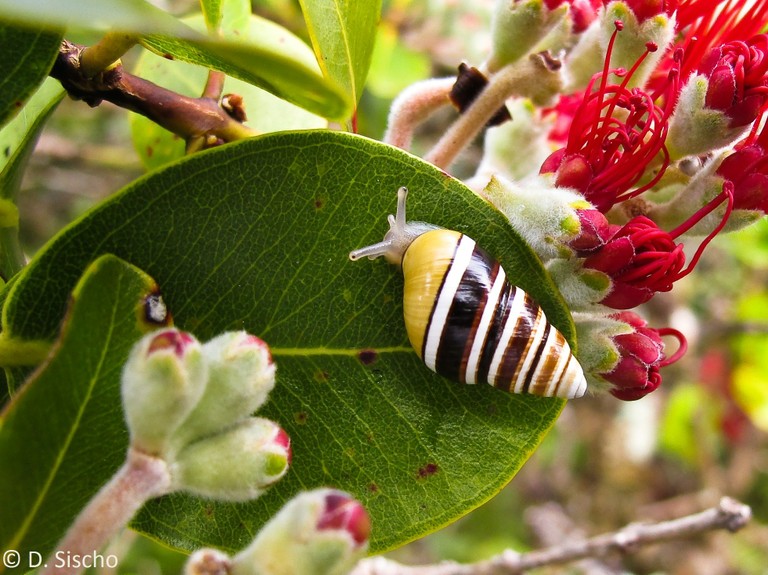Digital Collections
Celebrating the breadth and depth of Hawaiian knowledge. Amplifying Pacific voices of resiliency and hope. Recording the wisdom of past and present to help shape our future.
A. ‘Ahiki Smith
A father writes this for his hānai daughter. He addresses a would-be suitor, explaining that the young man’s flower-flitting, ‘i‘iwi attitude will get him nowhere; that the singing of the pololei is all she will respond to; that he had better leave his old ways behind before the Makali‘i net is cast, before she returns to the hidden, upland pool of the Mākālei.
Maliu mai ‘oe e ka manu ‘iwi
I ka ‘ano‘i pua o ka uka malu.
Ua malu ka lehua o ne‘i nei
Ha‘alewa i ke kani a ka pololei.
‘O ka maiau pololei kani leo le‘a
‘O ka leo hone i ka pili o ke ao.
Au aku ka mana‘o no Hālauwai
He pōnaha wai lipo la‘i ka palai.
E kāpae a‘e nō a‘i kulakula
Ua ho‘i Mākālei i ka wai ‘ahulu
Hūlui auane‘i ke kōkō makali‘i
Halakau ka lehua i ka welelau
Hea aku mākou ō mai ‘oe
Ka ‘ano‘i pua i ka uka wai ‘ahulu.
Take heed, O manu ʻiwi
Of the cherished flower of the sheltered uplands.
Set apart, protected, is the lehua of this place
Swaying to the voice of the pololei
It is the landshell-neatness singing with sweet voice
It is the sweet, trilling song at the break of day
The thoughts turn to Hālauwai
A pool deep and still with palai
Just put it aside in the fields
The Mākālei has returned to the feathered waters
Soon the fine-meshed nets will take everything
The lehua perches high at branch's end
We call, please respond
Cherished flower of the upland’s feathered waters.
© A. ‘Ahiki Smith, 2004

photo credit: Forest & Kim Starr
Palai fern (also known as palapalai). ‘Ahiki Smith’s references to Hālauwai, palai, Mākālei, and wai ‘ahulu all originate in Samuel Keko‘owai’s "Makalei ka Laau Pii Ona a ka Ia o Moa-Ula-Nui-Akea i Kaulana," a legend published serially in the 1922–24 issues of the Hawaiian language newspaper Kū‘oko‘a. He tells of the ‘ehu-haired boy Kahinihini‘ula who uses the magic Mākālei branch to lure the fish of Kailua’s Kawainui and Ka‘elepulu ponds to a hidden pool near his home in Makawao Valley, Maunawili. Keko‘owai gives "Hālauwai" as the name of this small, spring-fed pool, but he often refers to it as “ka uka wai ‘ahulu – the agitated upland waters.” When the boy completes his mission, his ancestress Haumea shows him how to hide the Mākālei by standing it on end in the center of an ōpū palai, a patch of palai fern, growing on the banks of Hālauwai. When he does this, the branch transforms itself into a fern that can be distinguished from the rest by its red stem: it is thus named ka palai ‘ula.

photo credit: David Sischo, HI DOFAW
Kāhuli leo leʻa o ke kuahiwi.